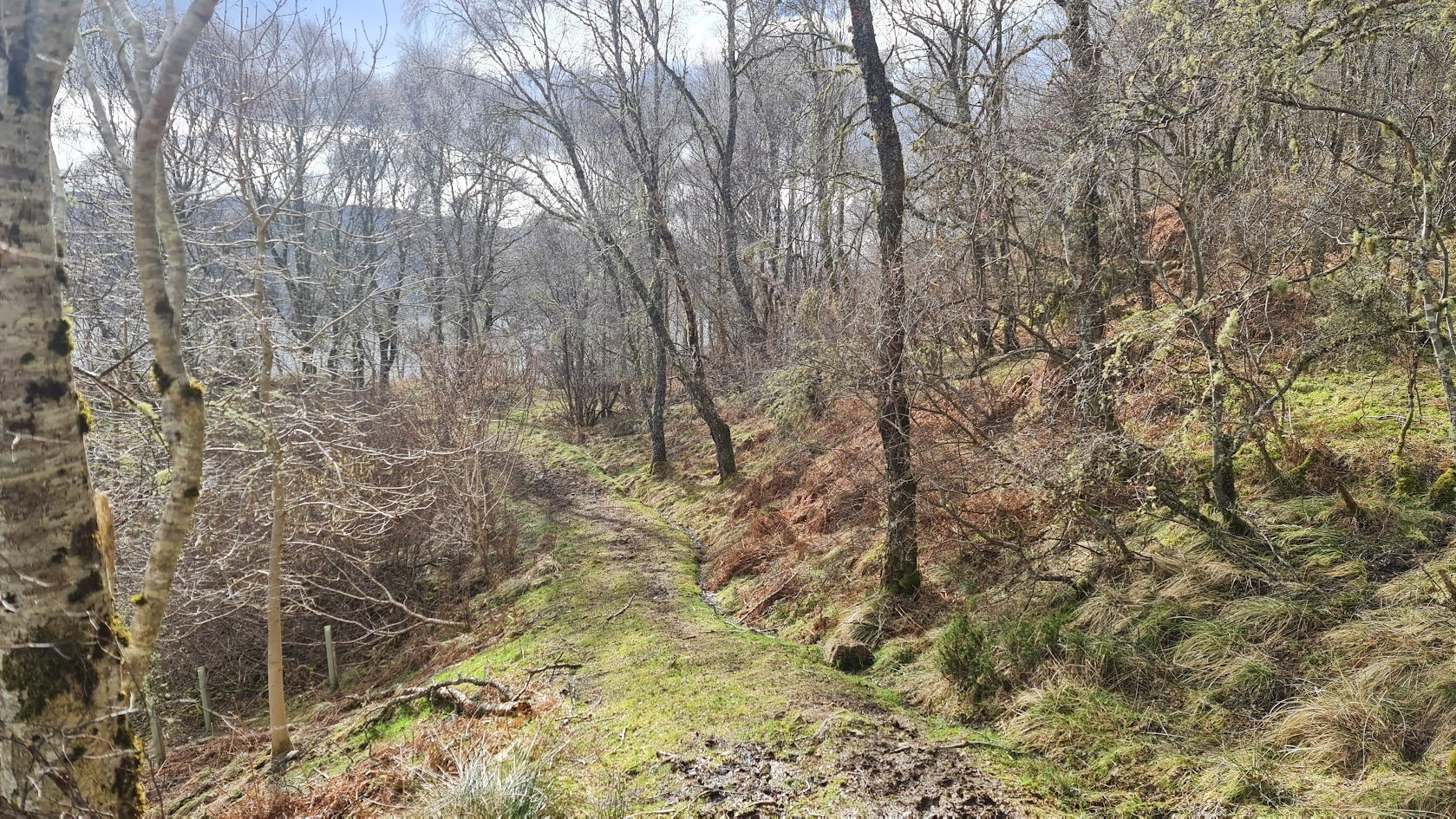Bat Surveys
Bat Emergence and Re-entry Surveys (Buildings/Structures)
Where buildings or structures are assessed as having low to high roost value, they may require a minimum of one to three bat emergence surveys respectively to determine the presence or absence of roosting bats.
Surveys of each built structure will be spaced at least three weeks apart. Emergence surveys commence 15 minutes before sunset and continue for at least 90 minutes after sunset.
Thorough assessment of potential roost features on all built structures will be conducted. This will involve placement of surveyors equipped with bat detectors (with recording capabilities), night vision aids (infrared or thermal cameras), and appropriate survey methodologies.
Where roosting activity is detected, detailed observations will be recorded on standardised forms and site plans, including time, location, number, species, and roosting behaviour.
Night vision footage will be promptly reviewed using dedicated software to identify and document roosting activity.
Acoustic analysis of bat calls recorded by detectors will be performed using specialized software to identify bat species.
Bat Activity Surveys
Where a site is assessed to have low to high foraging and commuting value, they may require a minimum of three bat activity surveys to determine the level of bat activity at the site.
Bat activity surveys comprise night time bat walkovers and the deployment of automated detectors.
The night time bat walkovers will commence at sunset and continue for at least two hours after sunset. For the first 30 minutes of the survey, surveyors will be positioned at vantage points. After the first 30 minutes, a pre-defined transect route will be walked. Surveyors will use bat detectors with recording capability.
Bat activity including behaviour, direction, bat species and number of bats will be recorded on survey forms and site plans.
Alongside the night time bat walkover, automated bat detectors will be deployed for a minimum of five consecutive nights per survey in suitable bat foraging and commuting habitat within the site boundary.
Acoustic analysis of the bat calls recorded by the bat detectors will be completed using acoustic analysis software to identify bat species.
Statistical analysis will be completed to determine the level of bat activity at the site.
Hibernation Surveys (Buildings/Structures)
Where buildings or structures are assessed to have suitability for hibernation roosts, targeted hibernation surveys may be necessary.
Hibernation surveys will comprise a minimum of two visits, spread at least four weeks apart.
An inspection of the built structures and any potential roost features will be undertaken for hibernating bats, which may include the use of ladders, an endoscope and torch as survey aids.
During each survey automated bat detectors will be deployed for a period of at least two weeks to record bat activity.
Acoustic analysis of the bat calls recorded by the bat detectors will be completed using acoustic analysis software to identify bat species.



